Hart Lëshkina: Show Me How To Feel
©Hart Lëshkina
By Chloe Tai
The visual art, photography, and directing duo, Tati and Erik, known professionally as HART LËSHKINA, recently released their latest series Show Me How To Feel. Starry-eyed, young actors were cast to perform on an empty Hollywood sound stage where they were directed to interact with one another naturally. These beautiful photographs capture more than just the facial expressions of the teenagers; they honestly display a cadre of emotions and identities in flux. Tati and Erik explain more about their inspiration and modus operandi in this revealing interview.
©Hart Lëshkina
Chloe Tai: What was your inspiration for the concept of Show Me How To Feel?
Tati and Eerik: Show Me How To Feel came about as a desire to further explore ideas from our previous work Out of You. Both projects comment on the performative nature of identity and identity construction. We were driven by this idea that the realization of self could be potentially achieved through the performance of the other. We were interested in the cross-section between the cinematic and the photographic with young actors enacting situations that are intense and emotional, explored through themes of group dynamics and power exchanges. They’re role-playing, but we try to get to a point where they may forget their roles and character; the point where it’s hard to distinguish the line between the real and the performed.
©Hart Lëshkina
©Hart Lëshkina
How did you go about casting, styling, and directing your actors? Did you enter the process with preconceived ideas? Did the actors surprise you in any way along this process?
T&E: We had a set of parameters which we used as a conceptual framework that were applied to all decisions. For casting, the most important things were that the actors could display a broad range of emotion and could be open to exploring new facets of their abilities and personas. For the wardrobe, we wanted their clothing to look almost incidental, in that it could not be pinned down to a specific decade, other than that it looks like something that youth at that age would wear within the most recent 20 years. We spent a significant amount of time researching and creating details for each subject. However, it’s important that you only discover these details upon closer inspection and breaking down each image. Our friend Zara Mirkin did an amazing job at bringing our wardrobe dreams to life for this project. Every step of this project was a beautiful surprise; it involved a significant amount of research, planning and rehearsal. However, we never let the framework we create suffocate us or the work. We are not rigid in our creative process and always allow room for discoveries, improvisations and new avenues.

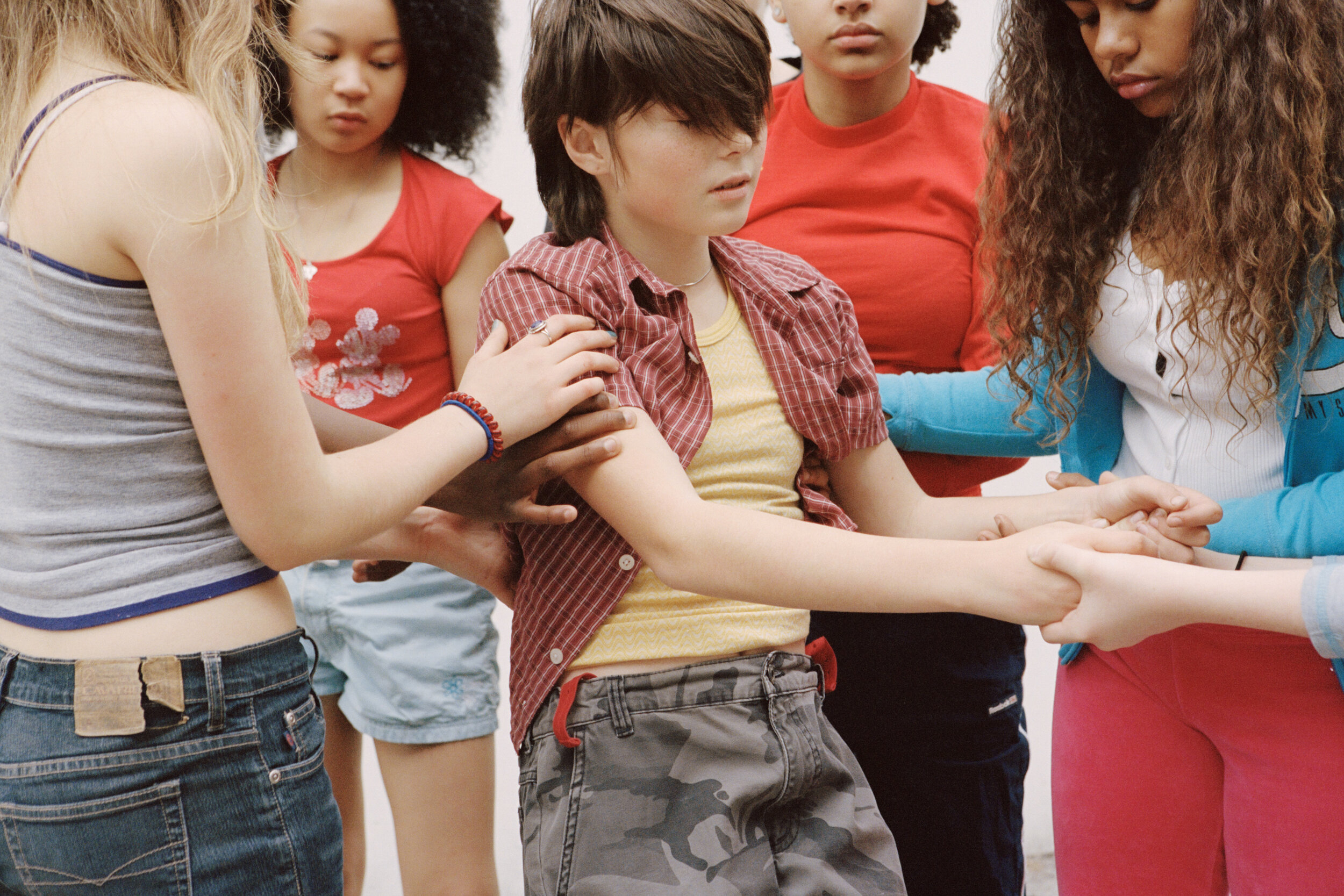

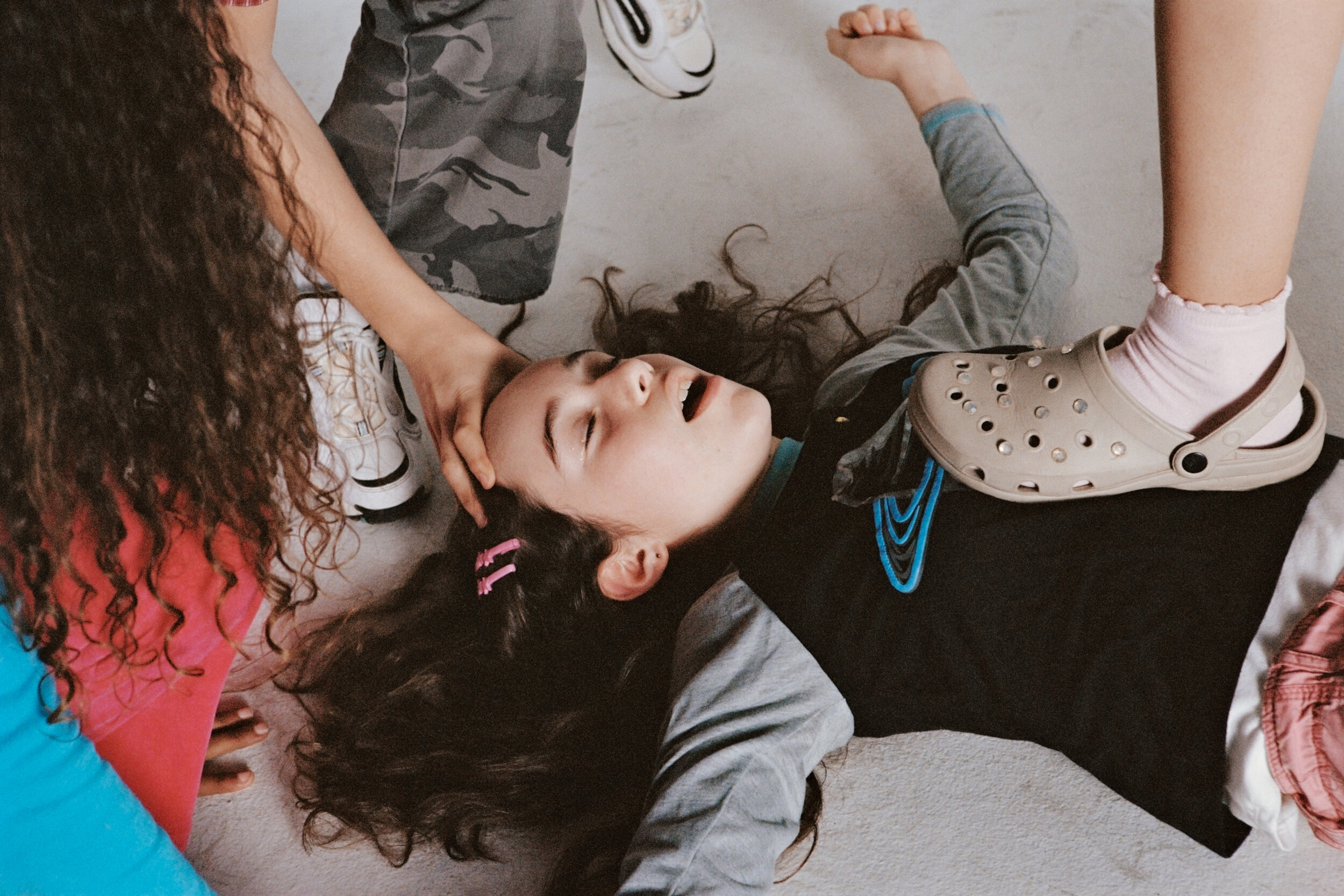
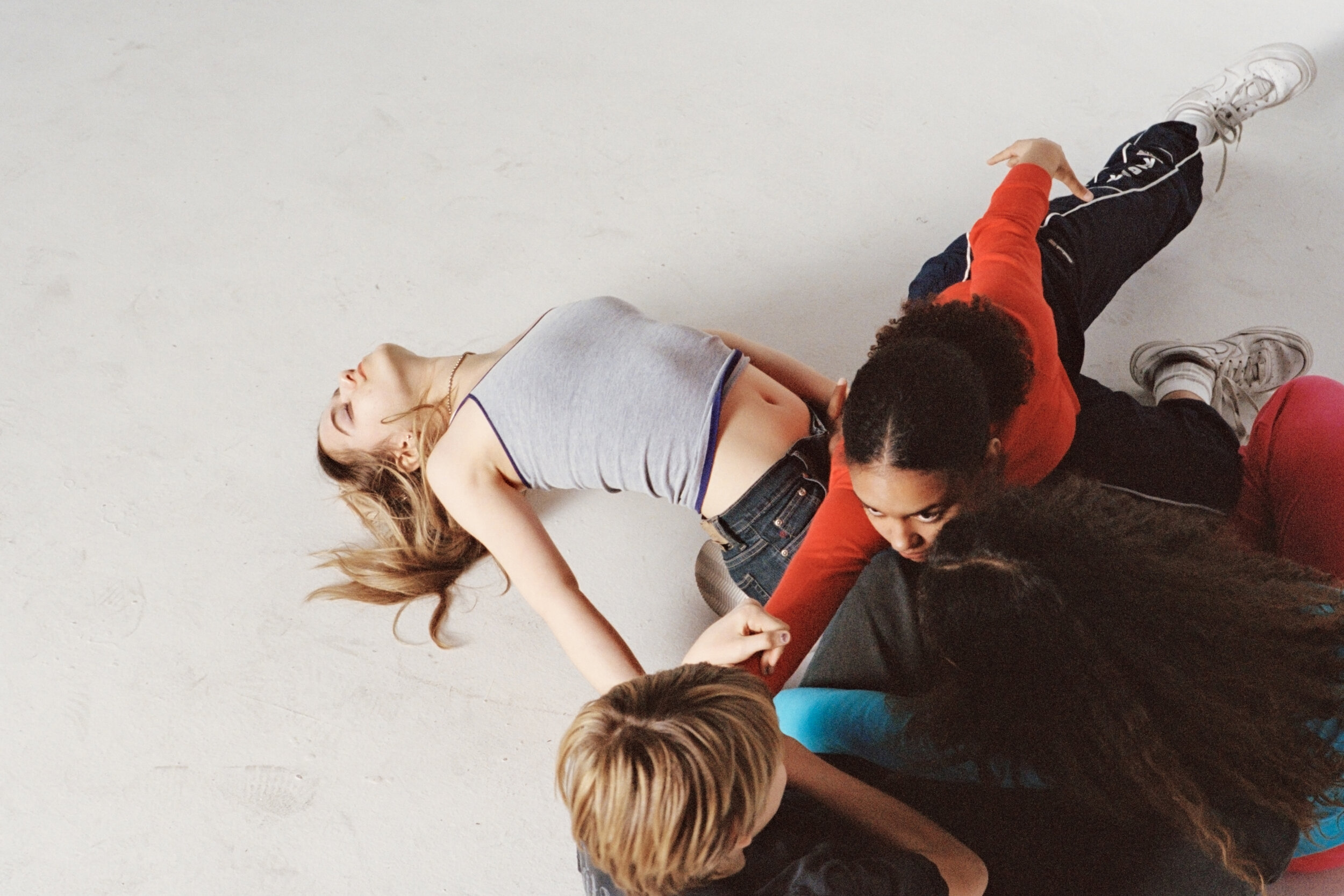
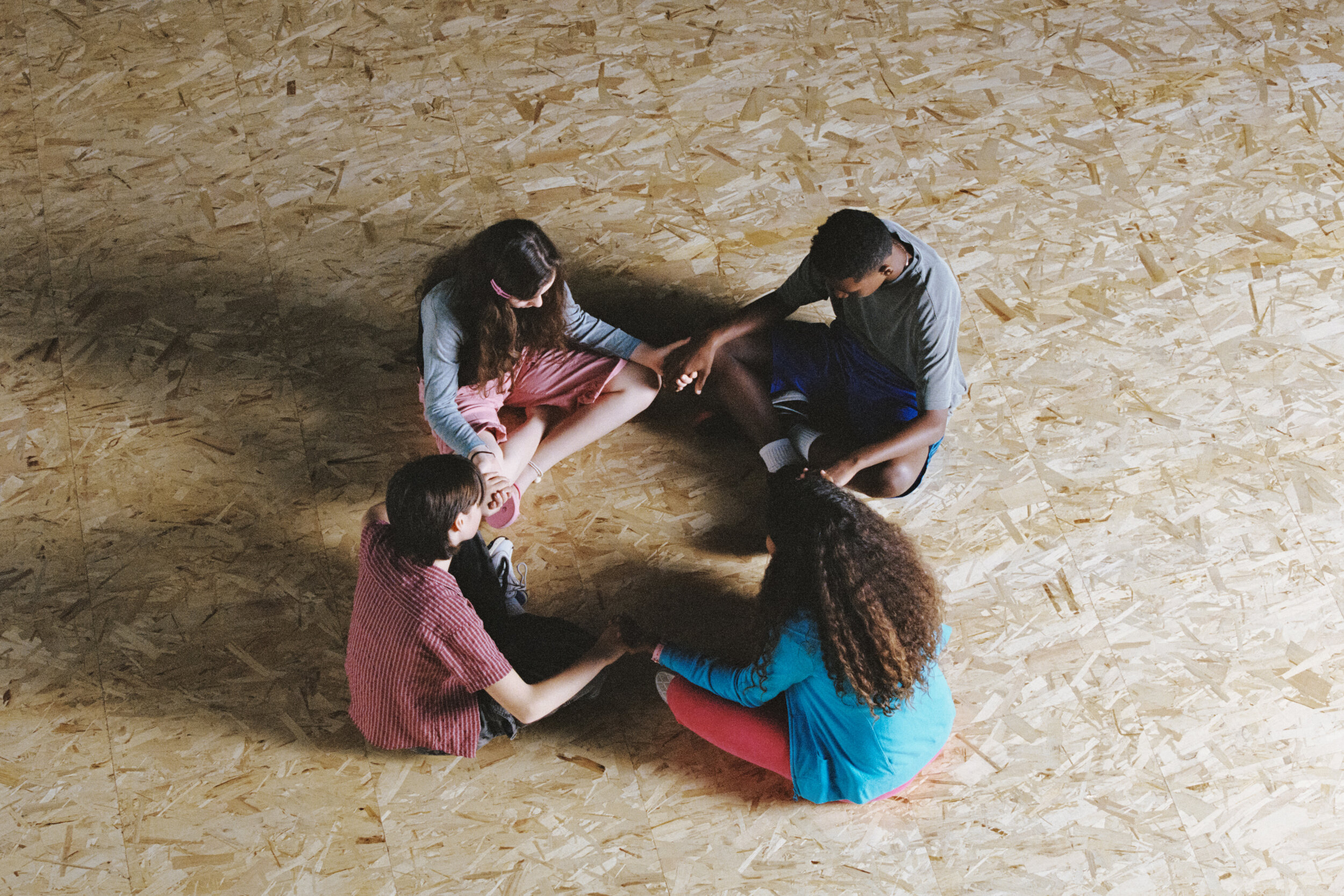
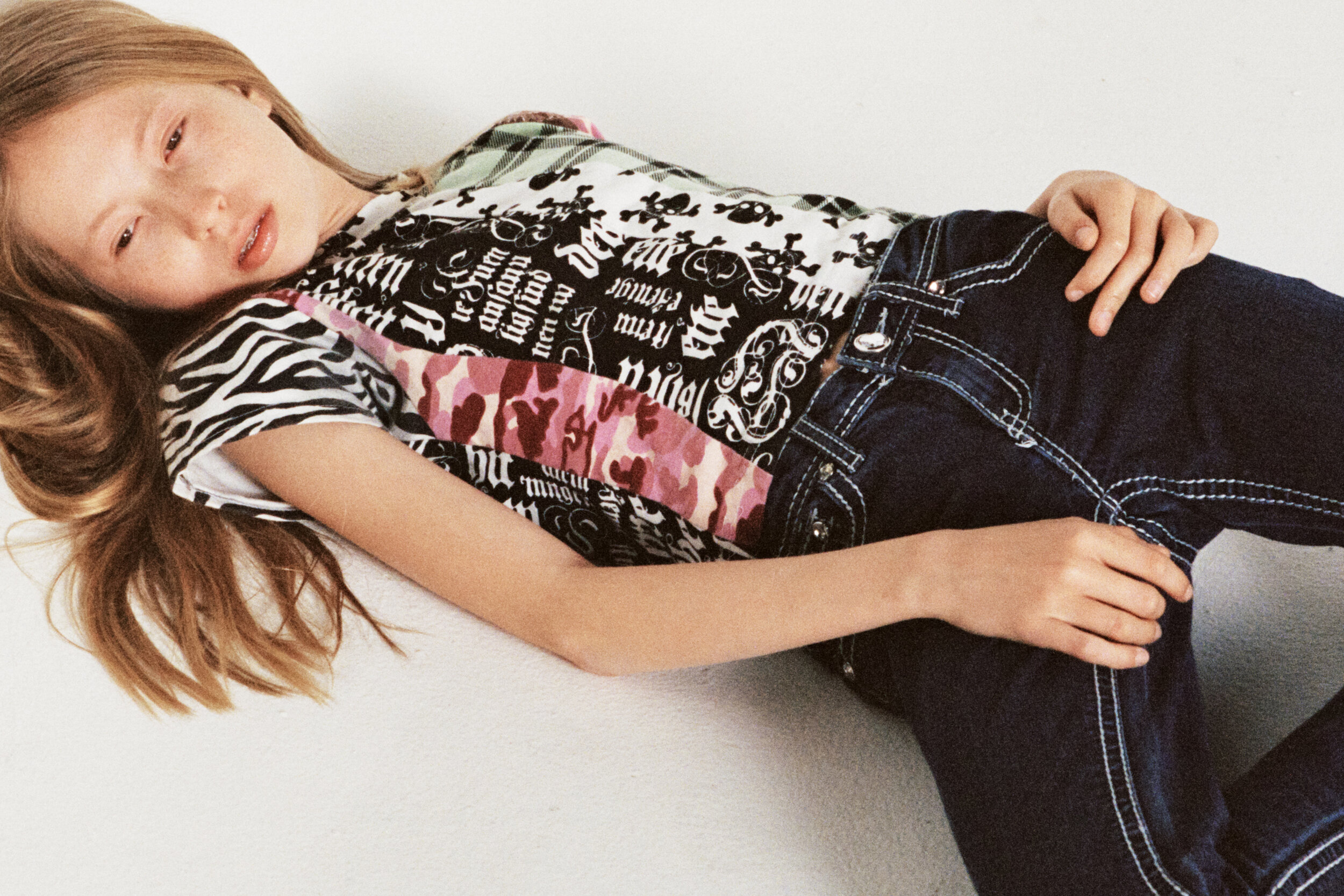
©Hart Lëshkina
Why did you choose to work with actors? What was the process like in guiding and directing them?
T&E: There are certain things we wanted from our cast, like having a professional approach of an actor with certain experience and abilities in terms of their acting skills, but, at the same time, with the inexperience of youth. We wanted each scene to have the tension between the real and the performed. We were interested in the moment when the separation between character and actor becomes blurred. There’s a sense of fluidity to your social interactions, desires, hopes, dreams; things are not so solidified when you are a teenager. One’s relationships to others and oneself are more fluid as well. We rehearsed the scenes with the actors, but there’s no specific narrative that ties all the scenes together. Without being aware of what comes before or after each scene, the actors do not have a lot of context for the narrative they are negotiating. The scenes are motivated by the wish to explore the psycho-emotional potential within the scenario. That was the guiding idea for realizing each situation and the final photographs. The themes examined in this project are not particular to teen experience, but we chose our young cast as a symbol of identity in transition. As a group, they are an organism that breathes and shifts.
A Hollywood studio set is not a normal place you take pictures in. Why did you specifically choose this setting? Did you shoot your pictures any differently because you were in this setting?
T&E: We set everything against an empty soundstage for this environment to act as a transformative vehicle for the actors. We left it bare with no props or set for the cast to interact with or rely on for context, so they do really have to build on emotionality within each scenario. This emptiness of the space is there as a reflection of and metaphor for what is possible.
On your website, you have a poem that complements the photographs. Who wrote this poem? What was the inspiration behind it? Which came first: the poem or the photographs?
T&E: The words were written by us. The phrases evolve prior, during and after the completion of the work. They are usually direct emotional responses which pop in our heads without any filtering. They kind of naturally form together into their own piece which can stand alone or accompany the work. It fuses us with our subjects and blends both potential perspectives. Oftentimes, we write critically and analytically about the work, so it’s really nice for us to express the piece as more of a stream of consciousness not tied to proper grammar or sounding concretely logical on the surface. It is something we almost do for ourselves as a way to communicate and sum up the work. There is also a short poem/text piece subtly inserted in our last book Out of You.
©Hart Lëshkina
©Hart Lëshkina










![6 Questions with: Vik Muniz [VIDEO]](https://images.squarespace-cdn.com/content/v1/5702ab9d746fb9634796c9f9/1601411128823-TJNNDC3J1VAQNBWOYOM7/YouTube-6Q-VikMuniz.JPG)


